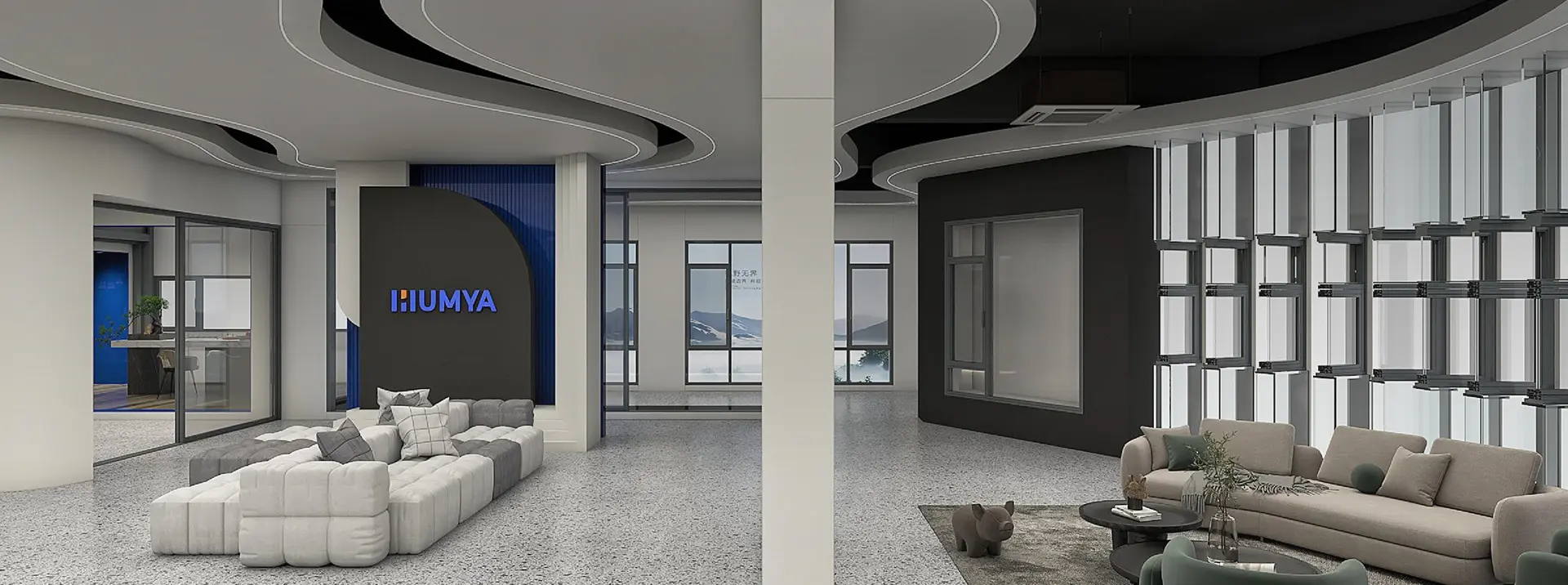
Embracing Future Technologies in 2025 Effective Tactics for the Best Sliding Patio Door Industry
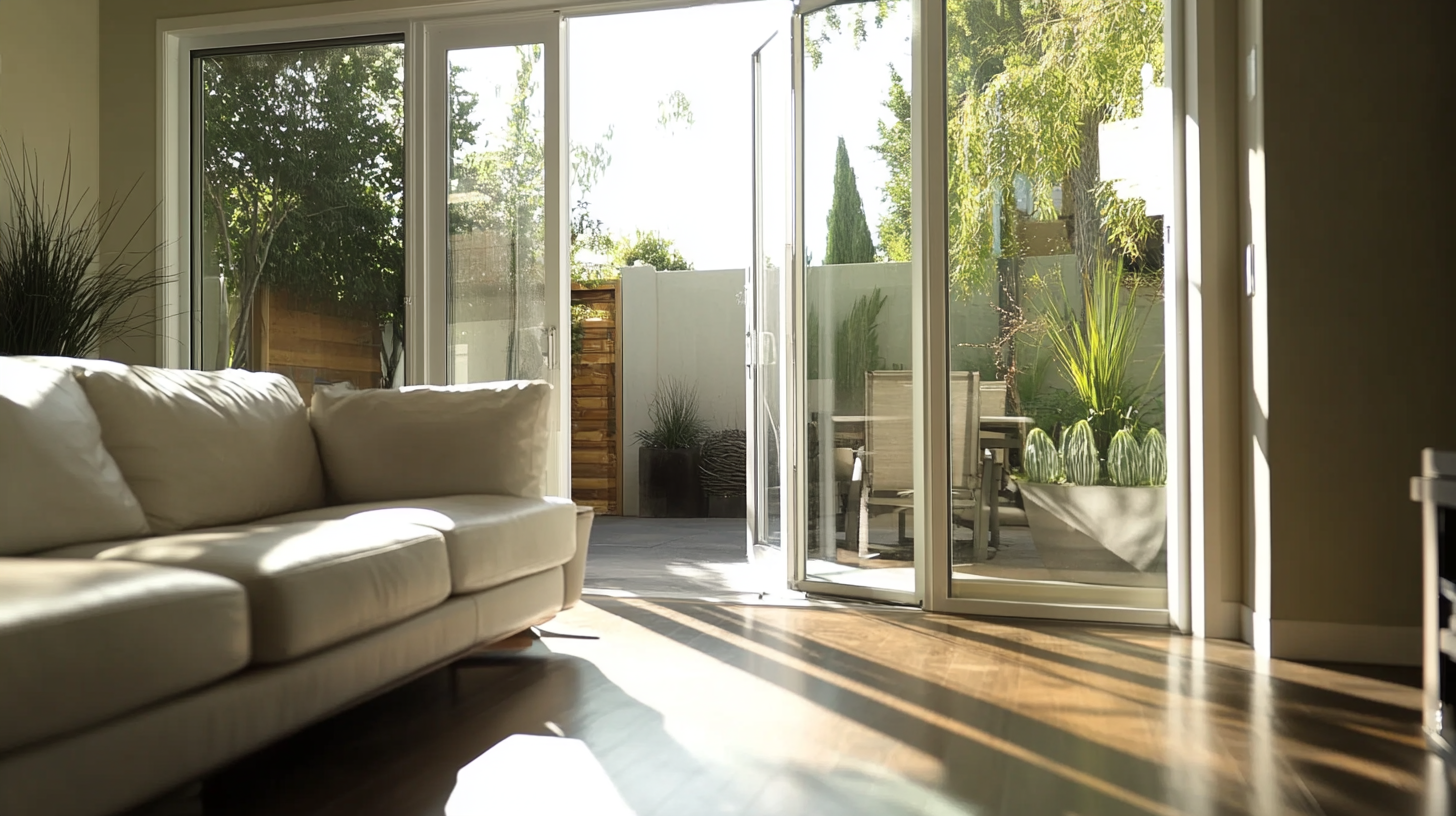 As we look towards 2025, the sliding patio door industry is poised for a transformation driven by innovative technologies and changing consumer preferences. In a world increasingly focused on sustainability, efficiency, and aesthetic appeal, manufacturers must adapt to stay competitive. This blog will explore effective tactics for embracing future technologies that can not only enhance the functionality of sliding patio doors but also elevate their design and energy efficiency. From smart locking systems to eco-friendly materials, we will delve into how these advancements can meet the evolving demands of homeowners seeking style and substance. Join us as we navigate the best practices for the sliding patio door industry, ensuring that your business thrives in this dynamic landscape while catering to the aspirations of modern consumers.
As we look towards 2025, the sliding patio door industry is poised for a transformation driven by innovative technologies and changing consumer preferences. In a world increasingly focused on sustainability, efficiency, and aesthetic appeal, manufacturers must adapt to stay competitive. This blog will explore effective tactics for embracing future technologies that can not only enhance the functionality of sliding patio doors but also elevate their design and energy efficiency. From smart locking systems to eco-friendly materials, we will delve into how these advancements can meet the evolving demands of homeowners seeking style and substance. Join us as we navigate the best practices for the sliding patio door industry, ensuring that your business thrives in this dynamic landscape while catering to the aspirations of modern consumers.
Future Trends in Sliding Patio Door Designs: What to Expect by 2025
As we look ahead to 2025, the sliding patio door industry is poised for exciting transformations driven by technological advancements and evolving consumer preferences. One significant trend is the integration of smart technology into patio door designs. Homeowners will increasingly seek doors equipped with smart locking systems, allowing for enhanced security and convenience. These innovations will not only provide peace of mind but also enable remote access control via smartphones, making it easier than ever to manage home entry.
Another noteworthy development is the emphasis on sustainability in materials and production practices. By 2025, we can expect sliding patio doors to be crafted from eco-friendly materials, such as recycled aluminum and responsibly sourced wood. This shift reflects a growing consumer demand for environmentally conscious products. Additionally, energy-efficient designs will be prioritized, ensuring that sliding doors contribute to better thermal insulation and lower energy costs. The blend of aesthetics and functionality in these future designs will create a seamless indoor-outdoor living experience, allowing homeowners to enjoy nature without compromising on style or efficiency.
Future Trends in Sliding Patio Door Designs: What to Expect by 2025
Leveraging Smart Home Integration: The Rise of Connected Patio Doors
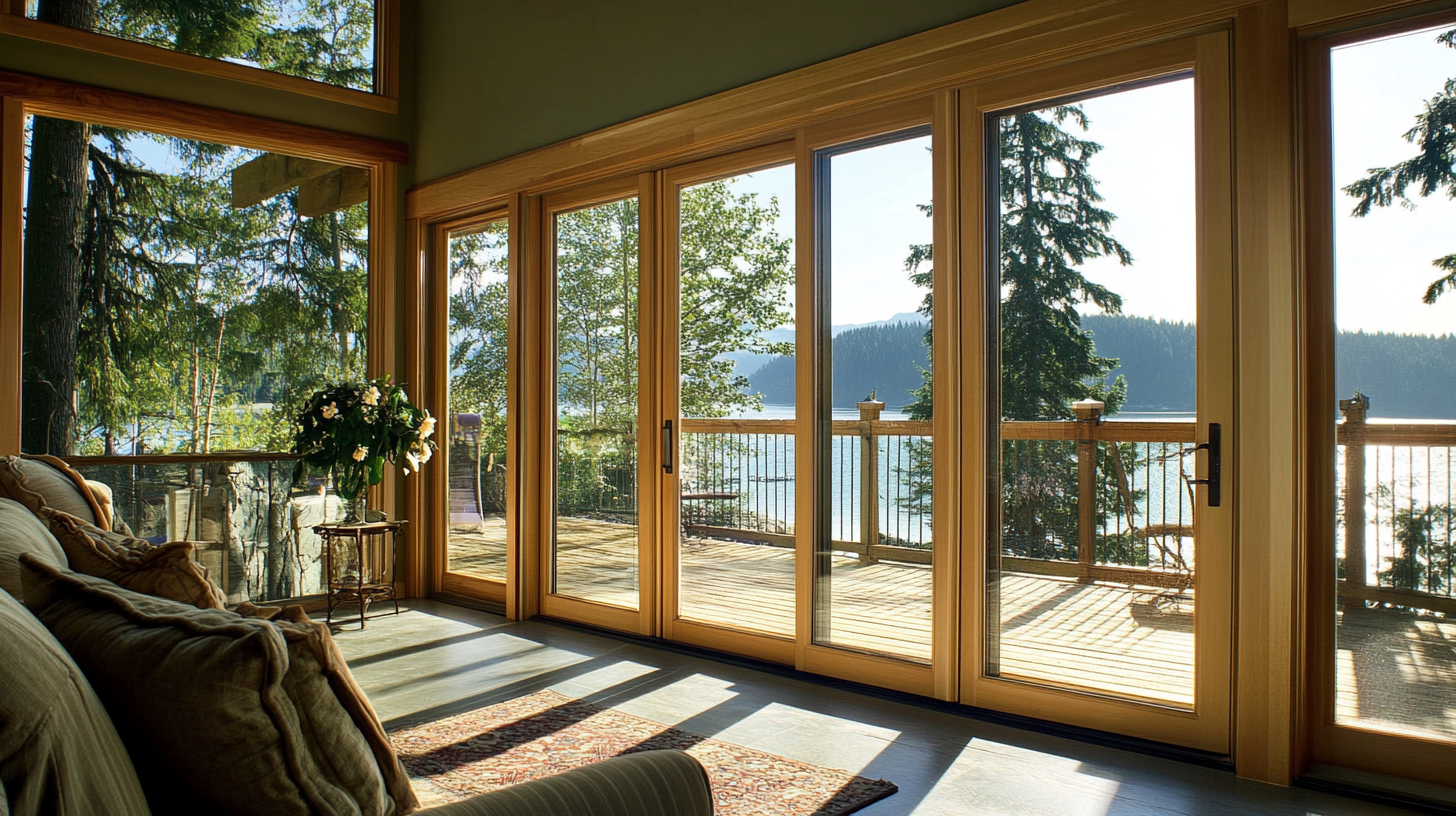 The evolution of smart home technology is reshaping various industries, and the patio door sector is no exception. As we move towards 2025, the integration of connected devices into sliding patio doors is becoming a focal point for manufacturers looking to enhance user experience. Smart patio doors allow homeowners to control their entryways through mobile apps or voice assistants, providing convenience and improved security. Sensors can detect whether the door is open or closed, alerting users about potential breaches or enabling automated locking systems.
The evolution of smart home technology is reshaping various industries, and the patio door sector is no exception. As we move towards 2025, the integration of connected devices into sliding patio doors is becoming a focal point for manufacturers looking to enhance user experience. Smart patio doors allow homeowners to control their entryways through mobile apps or voice assistants, providing convenience and improved security. Sensors can detect whether the door is open or closed, alerting users about potential breaches or enabling automated locking systems.
Moreover, the rise of connected patio doors aligns seamlessly with the growing trend of home automation. Homeowners are increasingly interested in creating a cohesive ecosystem where all devices communicate and work in harmony. Features like energy monitoring can alert users about thermal efficiency, while integration with existing smart home devices offers seamless control over lighting, temperature, and security systems. This convergence not only enhances the functionality of patio doors but also makes them a pivotal part of modern home design.
As the demand for smarter living spaces continues to rise, the patio door industry must adapt, ensuring that they incorporate these innovative technologies into their product offerings.
Sustainable Materials in Patio Doors: Eco-Friendly Innovations for 2025
As the patio door industry evolves, 2025 will mark a pivotal year for sustainable innovations. A recent report by the National Association of Home Builders (NAHB) projects that eco-friendly building materials will make up over 50% of the market by 2025. This shift is driven by increasing consumer demand for sustainable living solutions and stricter regulations aimed at reducing carbon footprints. The integration of recycled aluminum and sustainably sourced wood in sliding patio doors not only enhances energy efficiency but significantly reduces waste, making these options appealing to environmentally conscious homeowners.
Moreover, advancements in technology are paving the way for smart patio doors that utilize sustainability in their design. According to a study by Grand View Research, the smart home technology market is expected to reach $1.5 trillion by 2025. This growth includes features such as energy-efficient glass that minimizes heat transfer, paired with intelligent sensors that optimize ventilation and lighting. Manufacturers who embrace these innovations will not only meet evolving consumer preferences but can also reduce operational costs, thus driving profitability. The embrace of sustainable materials and smart technologies will define the industry's landscape in 2025.
Maximizing Energy Efficiency: The Impact of Advanced Glazing Technologies
As we move into 2025, the sliding patio door industry is on the brink of a transformation driven by advanced glazing technologies. These innovative advancements are not only enhancing the aesthetic appeal of sliding doors but also significantly improving their energy efficiency. By utilizing low-emissivity (Low-E) glass and triple glazing, manufacturers are able to reduce heat transfer, keeping homes warmer in the winter and cooler in the summer.
Tip 1: When choosing a sliding patio door, look for products that feature Low-E glass, as this technology can effectively block UV rays while allowing optimal sunlight to enter your home. This not only enhances comfort but also protects interior furnishings from fading.
Tip 2: Consider doors with inert gas fills, such as argon or krypton, between the glass panes. This adds an extra layer of insulation, providing greater thermal performance and lowering energy costs throughout the year.
By embracing these advanced glazing solutions, homeowners can make informed decisions that align with both aesthetic preferences and energy efficiency goals. Utilizing modern technologies in patio doors can yield long-term benefits, contributing to sustainability in home design.
Embracing Future Technologies in 2025 Effective Tactics for the Best Sliding Patio Door Industry - Maximizing Energy Efficiency: The Impact of Advanced Glazing Technologies
| Technology | Energy Efficiency Rating | Cost per Unit | Market Adoption Rate (%) | Expected Lifespan (Years) |
|---|---|---|---|---|
| Low-E Coatings | 0.30 | $250 | 75% | 20 |
| Triple Glazing | 0.20 | $400 | 60% | 25 |
| Gas Fills (Argon/Krypton) | 0.25 | $300 | 70% | 15 |
| Smart Glass | 0.15 | $600 | 50% | 10 |
| Vacuum Insulated Glazing | 0.10 | $800 | 40% | 30 |
Market Analysis: Growth Projections for the Sliding Patio Door Industry by 2025
The sliding patio door industry is poised for remarkable growth as we approach 2025, with projections suggesting a compound annual growth rate (CAGR) of 6.5% over the next few years. This surge can be attributed to increasing demand for energy-efficient and aesthetically pleasing home solutions. According to recent market research, residential construction and renovation projects will be the primary drivers of this expansion, particularly in regions experiencing population growth.
To effectively navigate this evolving market, industry players should consider integrating smart technology into their products. Offering doors equipped with automation features can cater to the modern consumer's preference for convenience and energy efficiency. Additionally, focusing on sustainable materials will not only comply with evolving regulations but also appeal to environmentally conscious buyers.
Tips: Stay updated with the latest design trends that emphasize natural light and open spaces. Engaging with architects and builders during the planning stages can help in creating product lines that meet specific client needs. Moreover, conducting regular market analysis can aid businesses in identifying and aligning with the most profitable segments within the industry.
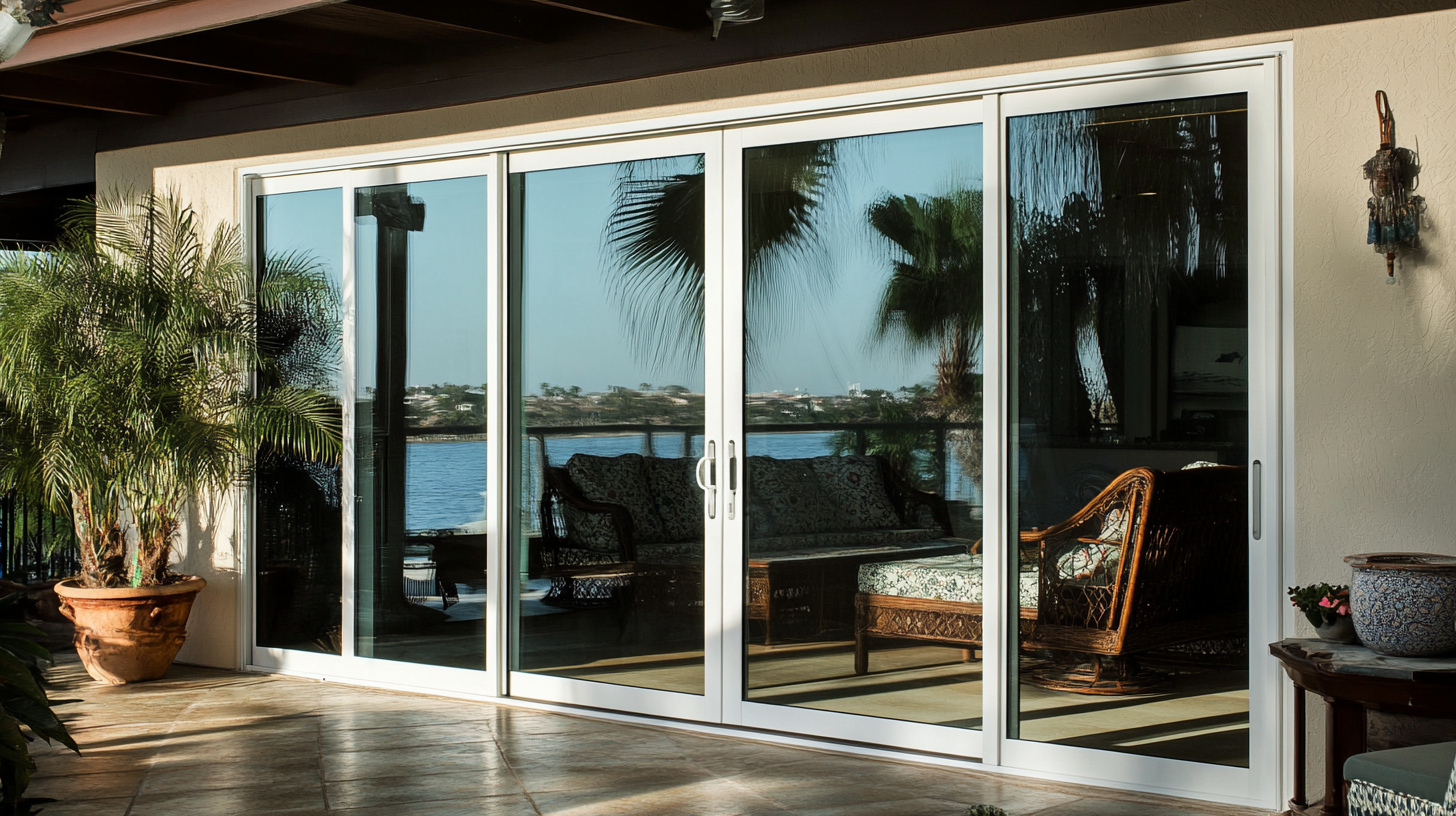




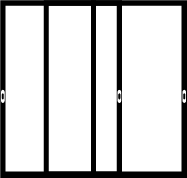 Sliding Door
Sliding Door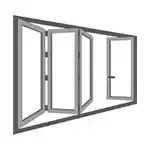 Folding Window
Folding Window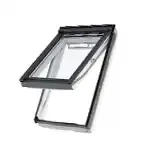 Skylight
Skylight Casement Window
Casement Window Sliding Window
Sliding Window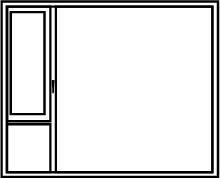 System Window
System Window Tilt and Turn Window
Tilt and Turn Window Sun Room
Sun Room